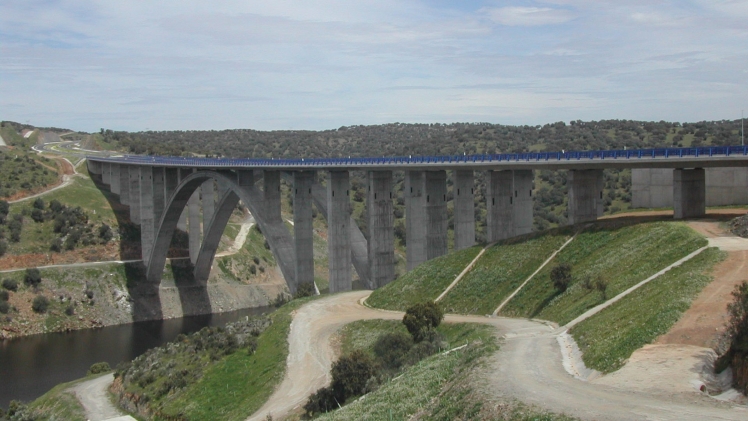While bridge loans are popular with investors flipping properties, they’re also useful for long-term investments and even for homeowners. They provide a path to short-term financing when you want to close and need time to improve the property so it meets the requirements of a mortgage or long-term commercial real estate loan.
That’s great if you can turn the property around in six to twelve months, but otherwise you need alternatives. Luckily, there are some great options, each built to a slightly different purpose. Since their best use scenarios are pretty distinct, it’s easy to tell which option works best for your purchase.
70-30, 80-20, or 80-10-10 Loans
Some banks allow homeowners and potential long-term investors to finance properties with a split mortgage. The bank provides a traditional mortgage for its normal LTV, typically around 70% for commercial properties and 80% for home mortgages. Then, the buyer secures a second mortgage with a hard money loan or bridge loan to cover the portion that would normally be the down payment. Standard terms apply for both loans, so you do need to plan to either refinance it in 6-12 months or to pay off the principal in that time.
80-10-10 loans provide the same kind of purchase framework, but the buyer puts up a 10% down payment, making the second mortgage smaller. These options are popular, but they don’t totally get around using bridge loans, they just use hard money loans as the bridge loan option. If you’re wondering how to get a hard money loan, it’s not difficult because they are typically secured with equity in a property. That’s why they are popular with home flippers.
Stated Income Loans for Cash-Out Financing
Investors who have equity in income properties can make use of a stated income business loan against the property to get cash out, which can then be used to handle the purchase of a new property. This is essentially a long-term version of a hard money loan in terms of its structure, with interest rates closer to standard commercial real estate loan rates.
These products tend to have terms between 10 and 25 years, which makes the overhead easy to handle, and they provide investors with mature and diverse portfolios an option that mitigates the risk involved with new investments a bit more than bridge loans would. Unfortunately, these loans are only available on income properties, so new investors and home buyers will need to seek another option.
Bridge Loan Options
There are secured and unsecured options out there, but the secured hard money loans from private investors are likely to be the easiest for a first-time investor or home buyer to navigate. They rely primarily on the asset’s value, they can be refinanced easily if you need a long-term product after the bridge loan runs its course, and there are plenty of resources out there if you’re still wondering how does a bridge loan work, and it doesn’t take long to learn the basics.
Even if you decide to use a different approach on your current property purchase, it’s likely you will have some use for a bridge financing option sooner or later. Home owners frequently use bridge loans to cover surprise short-term expenses as a second mortgage, in addition to their use as investment tools.
Read more about: moviesflix

